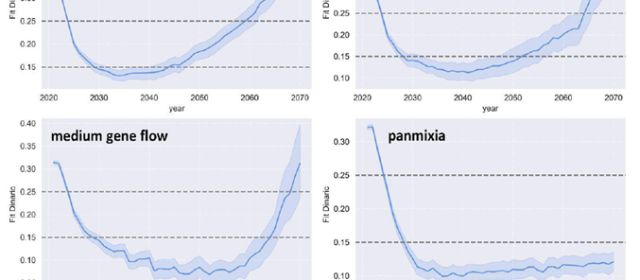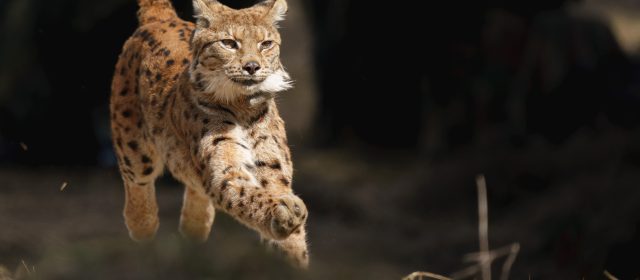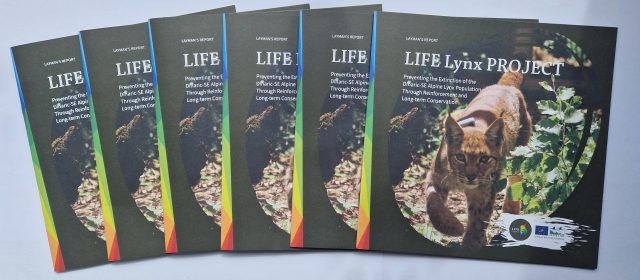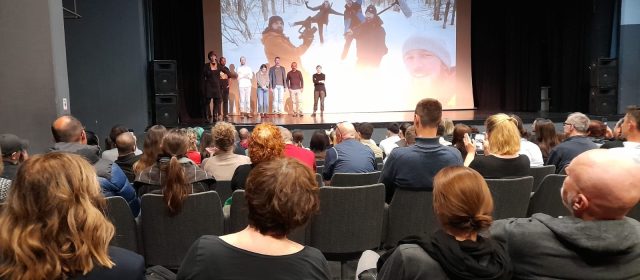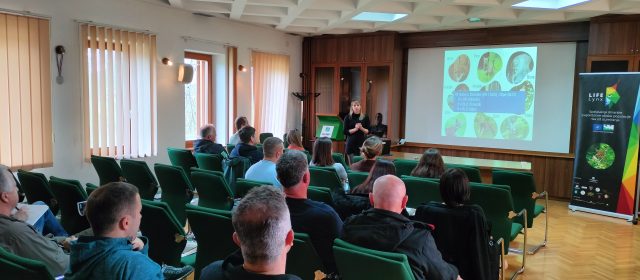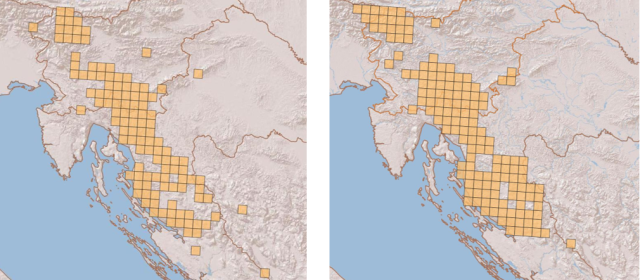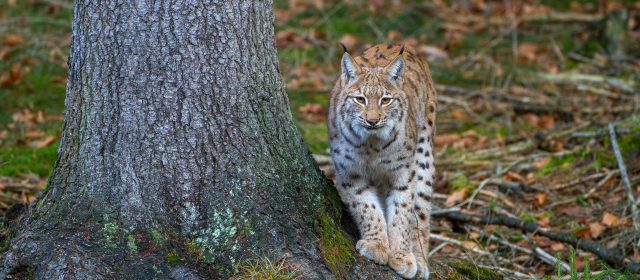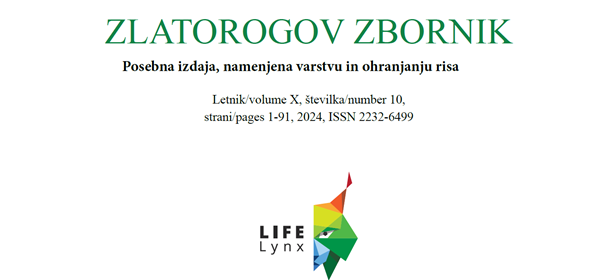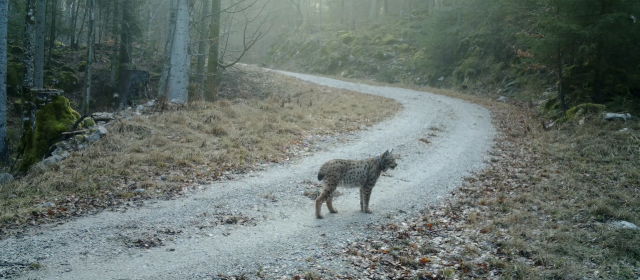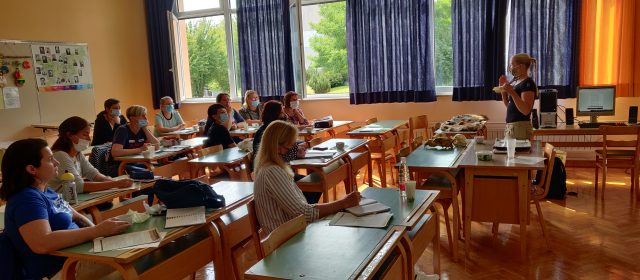During the LIFE Lynx project, we have learned a lot about the genetics and demography of the lynx. Data, obtained in scope of the project, were used to update the computer model of lynx population development, which helps us to take a look into the future of the population. We simulated the Dinaric and the SE Alpine stepping stone populations and investigated the role of its connectivity in reducing inbreeding. Even low gene flow is...
Read MoreThe main goal of the LIFE Lynx project was to genetically reinforce the lynx population in the Dinarides and to establish a new stepping stone lynx population in the Alps. We have prepared two reports, summarizing lynx reintroduction activities in Dinaric region and SE Alps. In the reports you can find out which lynx were introduced into the Alpine and Dinaric areas, their personal details, and the areas of release. The reports also...
Read MoreAt the end of the LIFE Lynx project, we published a report summarizing the essence of the project – why and how we saved the lynx from extinction in the Dinaric Mountains and SE Alps. The report is primarily written for the general public and anyone who would like to learn about the key ideas and actions that have been implemented during the project. It shows the joint efforts of eleven project partners from five countries...
Read MoreDocumentary film “Migration of cats from the Carpathians” was premiered on Tuesday April 16, 2024 in a movie theatre Forum in Zagreb. This event also marked the closure of LIFE Lynx project implementation in Croatia. Documentary film presents the efforts of Croatian team’s work in the scope of the LIFE Lynx project. It unveils a facet of the complex international collaboration required to rescue the endangered...
Read MoreThe last LCG meeting in the project was organized in Gospić on 28th of March 2024, where we were welcomed by Public Institution Nature Park Velebit. They have been of huge help during all the field activities in the LIFELynx project and they are going to continue with camera trap based monitoring in the years to come. Other public institutions also took part in the meeting: Lika-Senj County, National Park Northern Velebit, National...
Read MoreBetween 2019 and 2023, we intensively followed the process of integration of the translocated lynx into the Dinaric SE Alpine population. We were studying the impacts of these translocations on the Dinaric SE-Alpine lynx population by recording signs of lynx presence and lynx mortality, systematic camera-trapping and telemetry tracking and non-invasive genetic sampling. Besides the LIFE Lynx project staff, more than 200 hunters,...
Read MoreUnderstanding public perceptions helps wildlife management authorities and conservationists gauge the level of acceptance or opposition to the presence of lynx in specific regions. Within the LIFE Lynx project, we had the unique opportunity to study the attitudes of different stakeholder groups (general public, hunters, and livestock breeders) before, during, and after translocation of 18 animals from Romania and Slovakia to Slovenia...
Read MoreA special issue of the Goldhorn Bulletin is dedicated to the protection and conservation of the lynx. In compiles results of research of lynx monitoring approaches (on population and individual level, public attitudes surveys and ecological connectivity. The Bulletin was distributed to various hunting families (clubs) in Slovenia with the aim of raising awareness among hunters about the importance of lynx conservation for future...
Read MoreThe documentary film “Path of the Lynx” is a tribute to the hunters whose enthusiasm has made it possible for Europe’s largest cat to live on in our forests. While documentary “Together for Lynx” presents our project activities and efforts to stop another extinction of the Dinaric – SE Alpine lynx population. Both are available on our YouTube channel. And now we present to you a third documentary!...
Read MoreGenetic analysis has confirmed that lynx Matic, who was fitted with GPS collar in January this year, is in fact the offspring of translocated male lynx Goru and local female lynx Teja. Matic dispersed to the area of Velika Gora and Stojna in Kočevsko region of Slovenia. Matic was filmed in his homerange. Video: Franc Kljun, Biotechnical Faculy, University of Ljubljana. Telemetry data currently indicates that Matic has a territory with...
Read MoreAt the beginning of the LIFE Lynx project, we produced a teachers’ manual Ecology and Conservation Biology of Lynx, which we have now updated with information collected from its users. New version of the handbook was presented at various workshops and we have collected feedback from teachers on its content. It can be used as a teaching tool in schools and also in the field on the Lynx Educational Trail. All schools...
Read More
